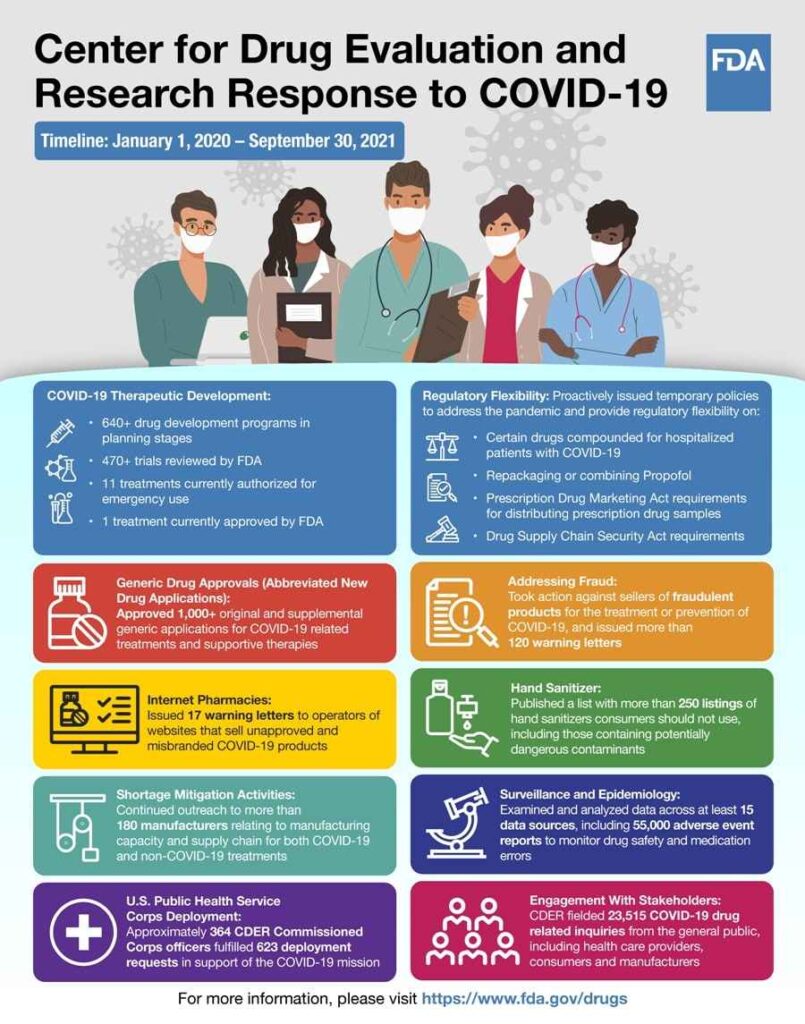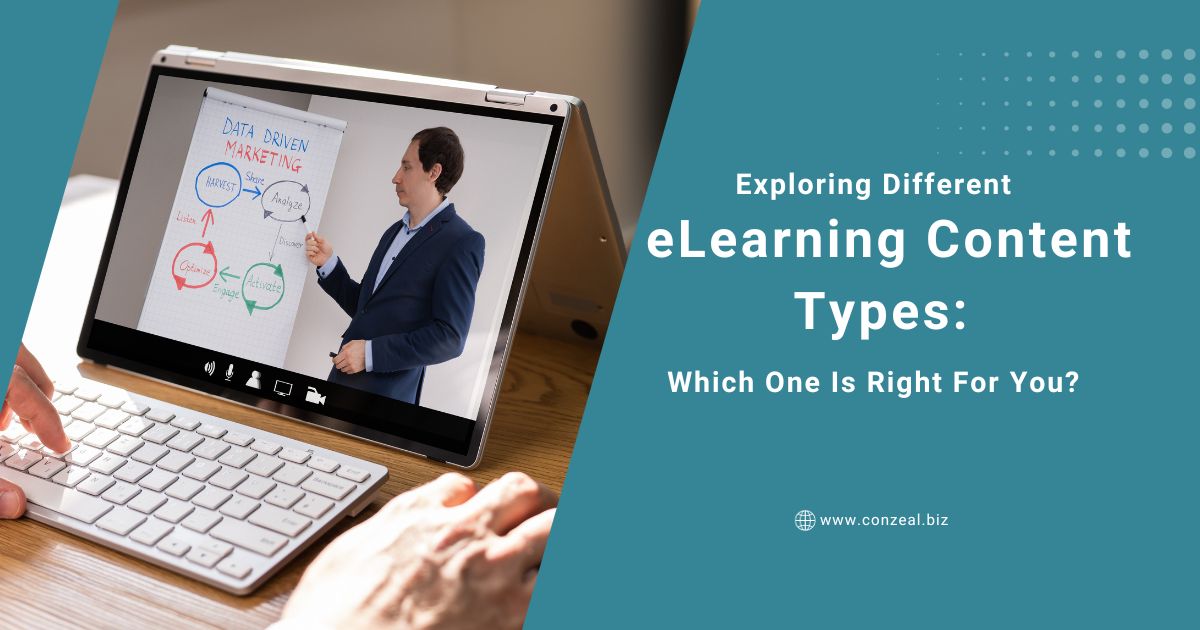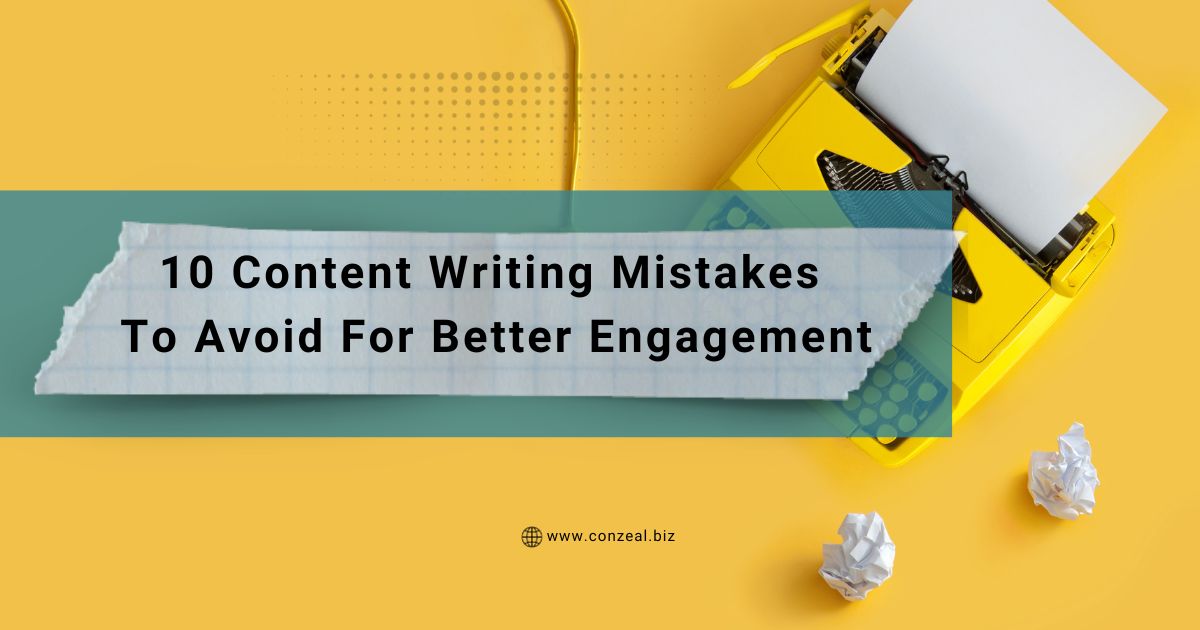When you plan to launch your online training courses, a question might strike how to delve into captivating eLearning content. It’s a daunting task, but fear not! However, insightful material with a professional touch will surely engage your target audience and boost your sales.
Check out Tennis Australia and EdApp eLearning course content. An easy mobile training content is developed to train 500+ casual and part-time staff without interfering with the scheduling and management of the Australian Open.
Table of Contents
What You Need To Know About eLearning Content?
An eLearning content is a structured online training course delivered electronically to the users. It is imparted through interactive sessions, quizzes, webinars, recorded lectures, etc.
For companies, eLearning content development is necessary to train employees through videos, infographics, slides, text, or mind games. A survey states that the eLearning market will hit a mark of $350 billion by 2025. 90% of companies provide some form of digital learning to employees.
Quick And Easy eLearning Types Is Important For Companies
eLearning has been implemented in industries like telemarketing, pharmaceuticals, retail, IT & Communication, etc. The idea behind developing the content for eLearning is to keep the employees updated on the current market trends. It helps customers understand the company’s products/services too. Even the global corporate eLearning market is on the rise, reaching $44.6 billion by 2028.
10 Exclusive Types Of eLearning Content
1. Videos
Videos are the best way to provide training content. More than two billion users watch YouTube videos to extract meaningful information. There are versatile types of content marketing videos used to help depict the real-time position of the company to employees.
- Training Videos: Teaching the trending topic by speaking directly into the camera.
- Embedded Videos: Explaining specific points in the online training courses through short clips.
- Webinars: Talk directly to employees or record a webinar on camera to reach users through Zoom, GoToWebinar, and WebinarGeek platforms.
- Software Tutorials: Guiding videos on how to use a particular software or tool.
2. Slide Presentations
They look familiar to PowerPoint presentations where the employees can scroll through data, images, embedded videos, etc., to get the right knowledge. These training content courses provide possible narration of complex information. It is great for employee onboarding. It works well for providing refresher training on new products/services.
3. eBooks
They are handy; employees can download them on their tablets, smartphones, and laptops. The existing blogs and other written pieces can be reproduced for a meaningful eBook. They are visually rich with proper use of images, infographics, and even embedded links to provide proper sources. eBooks provide easy eLearning course content that facilitates proper understanding.
4. Stimulating Dialogues
You can teach your end users how to use your products/services best. It nurtures personalized relationships. Dialogue simulations are used to train employees using eLearning content forms like proper conversations, exchange of ideas, and discussions to reach proper goals.
The best example is this tech founder who runs his startup from a backpack – Kevin Unkrich, Co-Founder QZ.
5. eLearning Games
Gamification is great for making people understand things through auditory visuals. However, regarding business, we are talking about serious eLearning games. It includes internal Learning Management Systems, which include leaderboards, badges, etc. There will be many brainstorming games to influx new ideas into business operations. Creativity of the games depends on the developers of an organization.
6. Infographics
Sharing infographics makes your content for eLearning more interactive and pleasing for the readers. They will be immersed in the important points the writer wants to highlight. The critical representation of statistics will help readers to grasp the information quickly. This content retains the users for a long time on the page.
Example Infographic below of the U.S. Food and Drug Administration regarding COVID-19.

Source: FDA
7. Quiz Forms
Quizzes help us remember most of the information we have consumed from different sources. It improves the learner’s knowledge and helps them to remain aware. The acquired information can be used in real-life scenarios too. When you are developing the eLearning course, make sure to keep some quizzes after each chapter. It will boost the learning process.
8. Podcasts
Another best tool used for eLearning under the content marketing area is the Podcast. Some versatile people, celebrities, influencers, etc., run their Podcast shows. Most companies also provide free training and professional learning videos on their Podcast channel. Employees can listen to them whenever they get time, 24*7.
9. Real-Life Experience With AR and VR
AR and VR help to support real-life scenarios. VR provides real-life interaction between the employer and employees. You can replicate real-life scenarios and provide training to your staff. It is clear from this example when the Surgeon’s at the Children’s Hospital in LA asked Oculus VR Division to collaborate with Shauna Heller to develop VR content to train the doctors to treat an infant or a child who has suffered a seizure.
Watch out below:
10. Online Courses
Without a physical space, the employees can connect in virtual classrooms to complete specific online corporate courses. Participants can connect from any location through their gadgets. Synchronous and Asynchronous classes are held. In the former, you must be present in the class at the stated time. For the latter, the participants can join whenever they like.
Curating Best Content For eLearning: How To Do It?
1. Cover Your ‘Why’ and ‘Who’
WHO is the person that will develop the eLearning course content for the people, aka the target audience. WHY, here is the reason cited for developing the eLearning content. It will help users to understand ‘why’ the content is developed. It is to help people understand certain terms or major purposes of the company/business. The focus is to help users understand the products/services that may otherwise become difficult to explain.
2. Strategize Things
Create the user persona before delivering the content to the people. If you have to train a fresher, be particular about creating motivational and welcoming write-ups that will help them understand your company. Start with the simple structured content and then gradually increase the difficulty level. Set measurable goals to help the users understand the concepts and provide opportunities to simplify complex things.
3. List Major Topics
The important topics of your training content must be the ones used to describe the products or services of your company. It will help explain the purpose of your eBook nicely. If you are running a content writing business, develop the topics around titles, how to develop effective content, how to do content marketing, what are trending content writing tools for the current year (2023), and much more. Note: Do not make the language complex but readable.
4. Organizing The Existing Content
Most content marketing companies can hire writers to organize and reframe their content. The old contents can be restructured to provide them with a new face. You can mold it according to your company’s requirements. Easily update the eLearning courses on your website. Make them interesting for your target audience. Take the updates from the readers.
5. Creating Storyboard
The eLearning storyboards help you create content in the form of a story. There must be no cracks in your storyline to avoid any confusion. You must focus on the following:
- Always focus on a single objective
- Consider what your employees will extract from the eLearning course content.
- Fitting all the jigsaw puzzles in one straight line creates a bigger picture. You can upskill your workforce with the help of repurposed content.
- Use the available storyboard tools and templates to create interesting layouts.
- To create a persona of your audience before serving them the eLearning courses.
- Follow a natural learning sequence instead of opening the learning flood banks for your audience.
Curate Your eLearning Course By An Experienced Agency!
Make eLearning content a win-win for your audience. Do not create complex contents that end up in confusion. Always try to keep your jigsaw puzzle simple and interesting. Fill your eLearning courses with a purpose to help others learn. Hire professional content writers from Conzeal to avail of content services for headlines, video scripts, long and short blogs and articles, and much more.
Partner with us to launch your eLearning program successfully!






